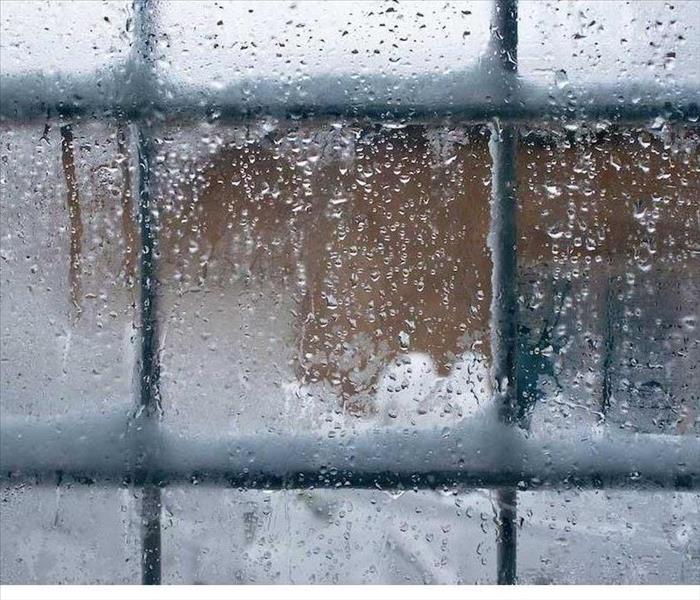Mold in Winter
1/11/2019 (Permalink)
Excessive indoor moisture can be caused by a number of issues; water damage, plumbing leaks, leaky roofs, high indoor humidity, and condensation are potential concerns.
Condensation on and around windows, in particular, is normal and may seem harmless, but it is one of the biggest moisture culprits when it’s cold outside but warm inside—as is typically the case during winter.
Window condensation occurs when moisture in the warm air inside your home liquefies upon contact with glass or other surfaces that are drastically cooler due to freezing outdoor temperatures. High humidity contributes to this process because there is excess moisture in the air.
While minor condensation doesn’t usually lead to problems, it is important to dry window surfaces regularly to keep condensation from accumulating and being absorbed by the wood and drywall around the windows. Mold feeds on such organic materials and can develop in as little as 24 hours.
How to Get Rid of Mold
There is no reason to treat winter mold any differently from mold that appears at any other point in the year.
If you discover evidence of mold in your home call:
SERVPRO of Bloomington / Gibson City / S. McLean County 309-827-7500






 24/7 Emergency Service
24/7 Emergency Service
